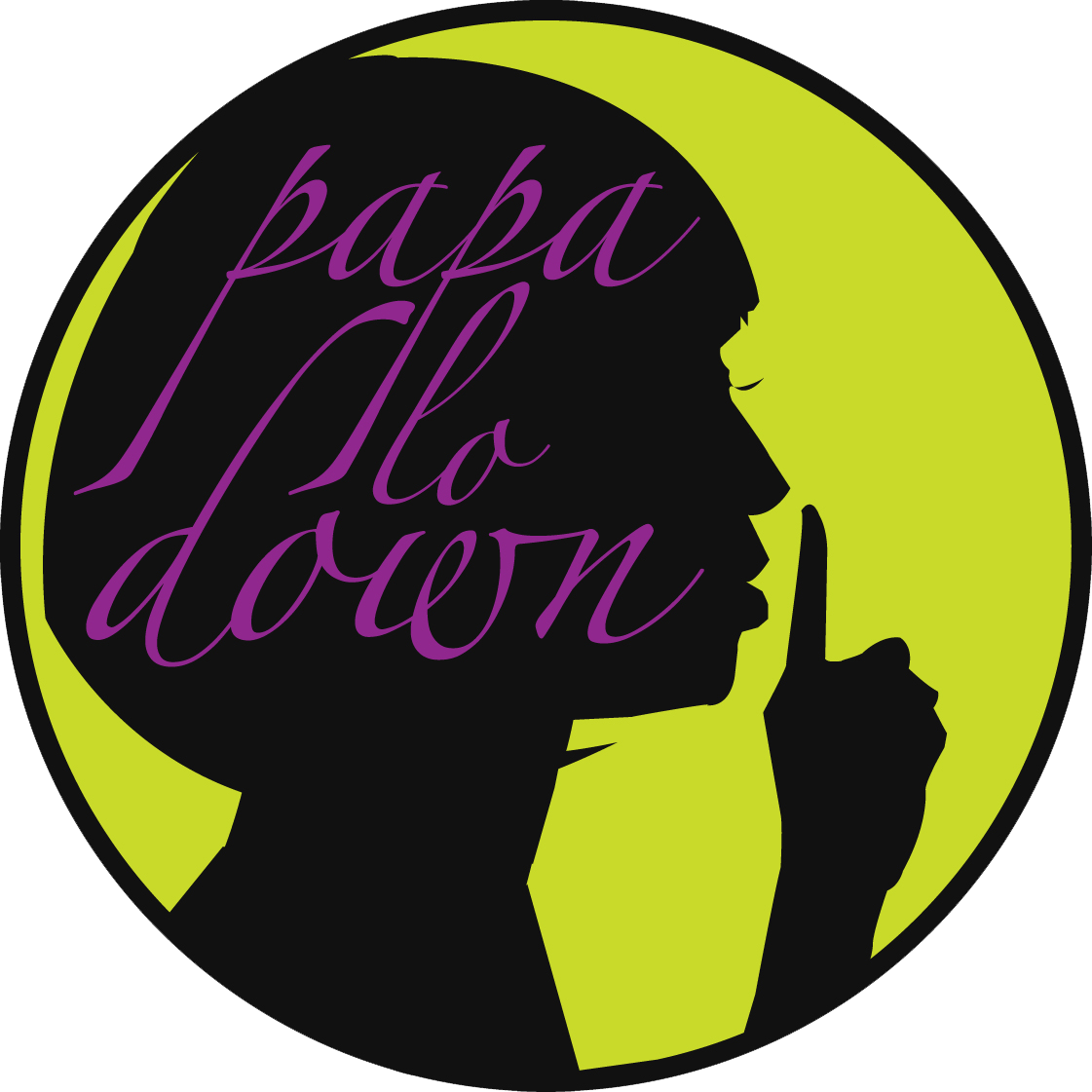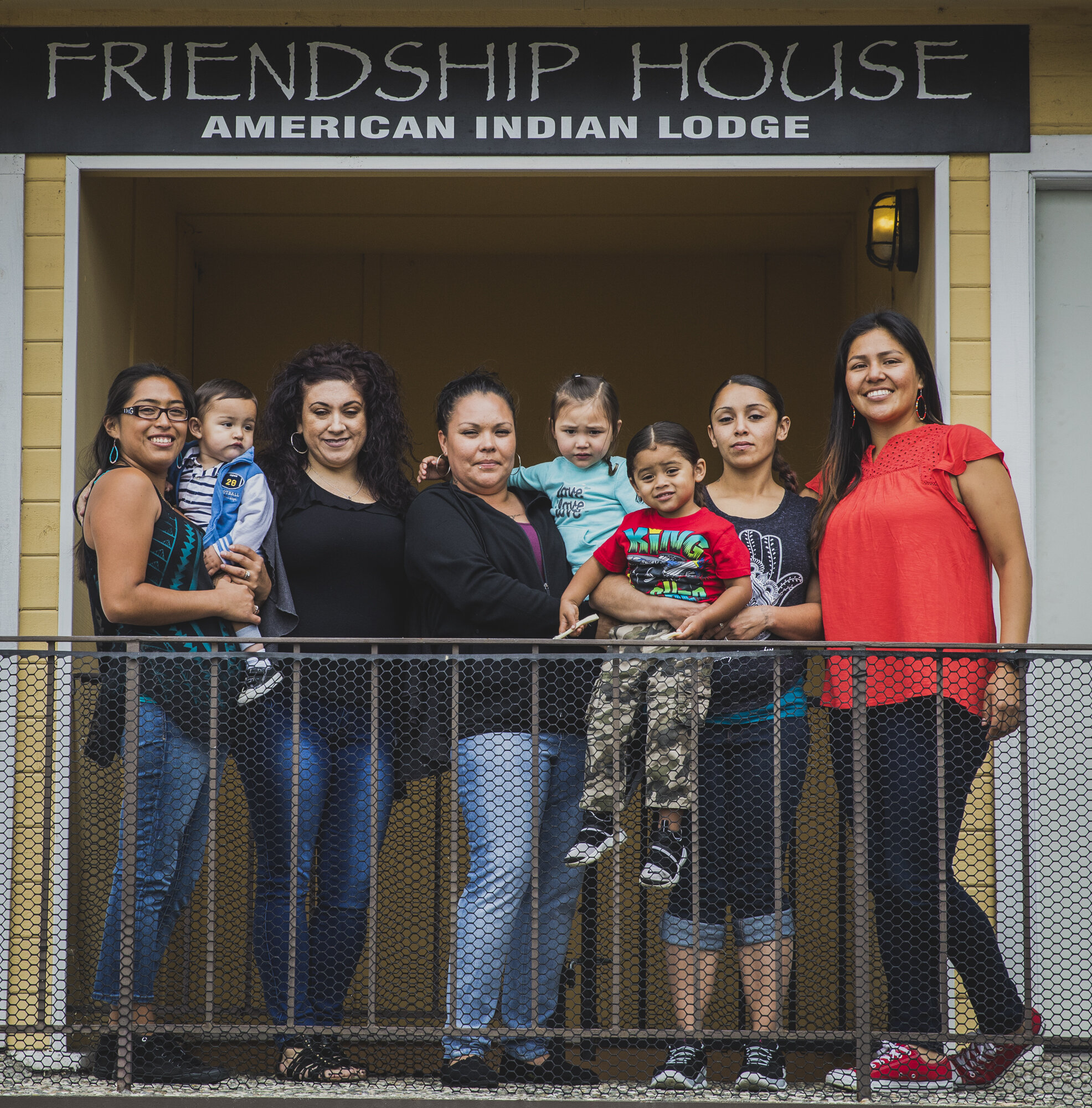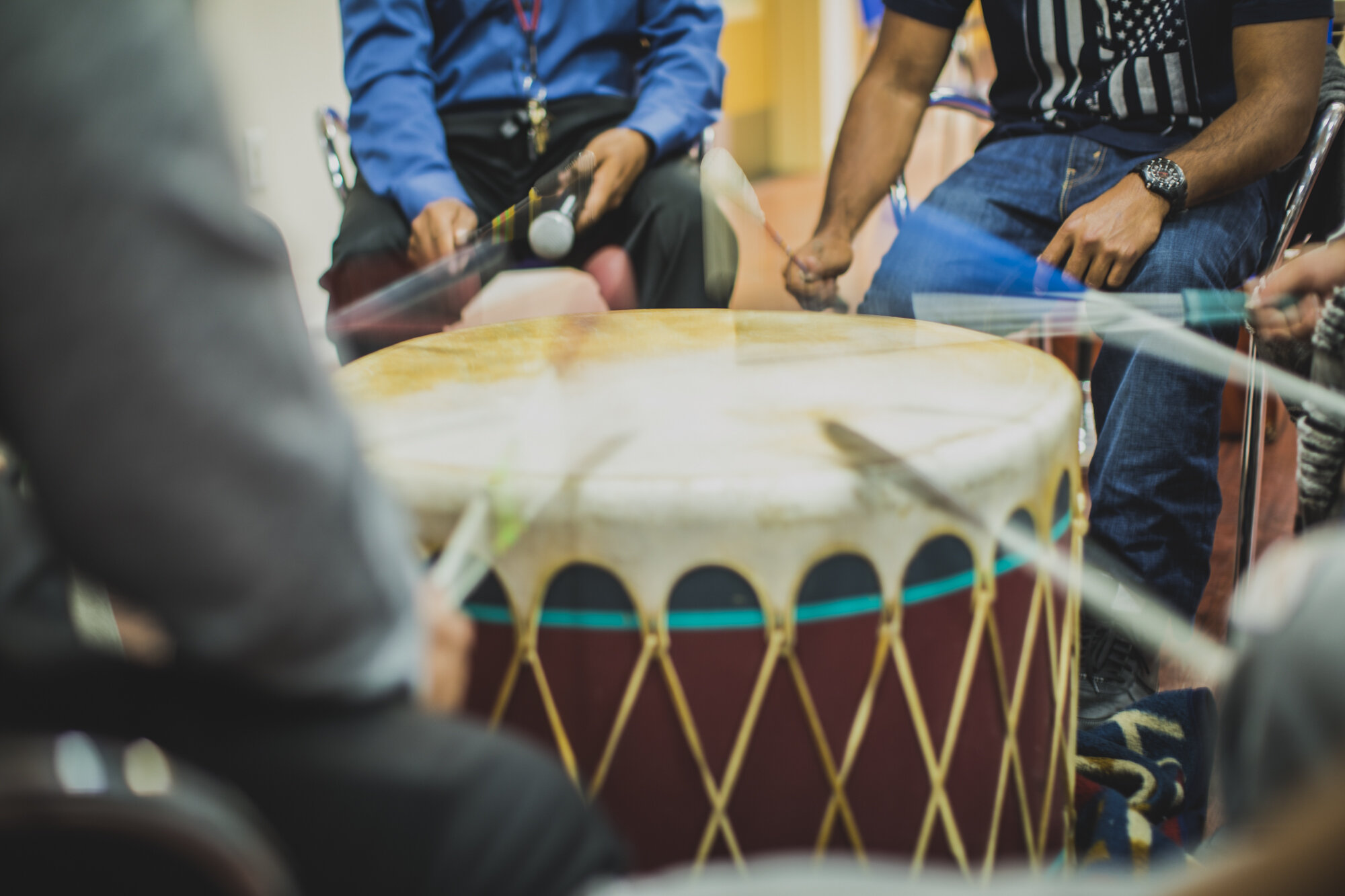Coalition of Native American Organizations to Build ‘The Village,’ A Visionary Inter-Tribal Homeplace for Urban American Indians
The Village, to be located in the first established American Indian Cultural District of its size in the United States, will embrace the realities of modern American Indians
San Francisco, CA - December 9, 2020 — The Friendship House Association of American Indians, together with an inter-tribal coalition of organizations serving San Francisco’s Indigenous population, is preparing to launch The Village — a groundbreaking physical and cultural home in the United States by and for urban American Indians. The Village is a central hub that will be built on traditional knowledge, collective decision-making and collaborative practices to provide essential services, community resources and social connection for urban Native Americans, of which there are approximately 6,000 in San Francisco alone. For too long, Native Americans have been underserved and largely invisible, leading to disparities experienced by other communities of color.
A proposed map of The Village in San Francisco’s American Indian Cultural District (image from Pyatok Architects).
Despite the First Peoples’ long history with forced relocation to non-Native cities, in The Village, American Indian people in San Francisco will finally have a physical place to call home. The development of this physical, cultural and spiritual nexus of community services will make a home in the first American Indian Cultural District of its size ever designated in the United States, centered in the Mission District’s 16th Street Corridor, and expanding to include Dolores Park. Calling on the support of other stewards of capital and community stakeholders, The Village partners intend to raise $65 million in capital funding to complete The Village in three phases by 2025.
“The role of Friendship House in creating The Village is to facilitate the convening of tribal groups and individuals to establish a coalition to build a shared space,” according to Judge Abby Abinanti, Friendship House Board President and Chief Judge of the Yurok Nation. “This has been a long time coming, a natural evolution for the tribal people who call San Francisco their ‘home’ now. We need people to take a look at the history that got us here to understand the need for The Village. The Village is a response to tribal communities being forced to relocate to San Francisco, without support, because of government politics in the Fifties and the continuing years of economic inequalities which pressed people to relocate for work. Tribes share a common values system that is responsibility-based and we have a responsibility [to our Native communities and people] to help them find a homeplace so they may prosper and provide support to each other and our neighbors. We are all related to each other and as relations we must take care of each other and insure a homeland to our family members.”
Urban American Indians: A Hidden Population
The Village is an expression of Indigenous resiliency, offering equitable solutions and reparative justice that allow Native people to heal historic injuries and to move forward as a stronger whole. As a physical and cultural anchor within San Francisco’s newly established American Indian Cultural District, The Village provides an unprecedented opportunity for non-profit organizations and community members to serve Indigenous people and models the first steps toward creating transitional and affordable housing for Native Americans living in cities.
Friendship House Contracts and Compliance Manager Dauwila Harrison with families working with the Women’s Lodge (photo by Meg Allen).
“It is our responsibility to build The Village, in the heart of the Cultural District so we can grow and strengthen our home base for present and future generations, and honor the visions of those that came before us,” shares Sharaya Souza, Executive Director of San Francisco’s American Indian Cultural District. “The Cultural District’s Indigenize Project will be rolling out next year, with American Indian based murals, flagpole banners, and a QR Scan Code Project which will map out significant American Indian cultural sites throughout the District through an Indigenous lens using oral storytelling and traditional arts. The recent expansion of the Cultural District into Dolores Park, and the Ramaytush Ohlone Land Acknowledgement Resolution led by American Indian Cultural District Board Member Gregg Castro and approved by the Human Rights Commission – and now an inter-tribal Village. All of these things are proof that the advocacy work our community has been doing for generations is making an impact.”
Systemic and structural racism — such as the United States’ termination and relocation policies (which forced Native people into non-Native cities like San Francisco), mass incarceration, the criminalization of Indian traditions and the dissolution of the tribal family structure — have led urban American Indians into becoming a hidden and gravely underserved population in America.
California has one of the largest populations of American Indians in the United States and is home to 723,225 American Indians of sole and mixed race (2010 U.S. Census). Today, nearly 90% of American Indians in California live in cities, which is higher than the 72% national rate. Research also shows that, unlike American Indian populations in other states, American Indians in California are not linked by a dominant tribal affiliation, nor are they concentrated on reservations, according to the California Consortium for Urban Indian Health.
While these statistics point to a strong Indigenous presence in cities, Native populations do not have access to necessary and culturally-relevant resources. American Indian and Alaska Native populations in San Francisco face social, economic and health disparities in many cases more severe than other communities of color but without the cultural-based health and social support that produces successful outcomes. Considering these disadvantages, COVID-19 has disproportionately affected Native Americans. For example, according to the CDC, American Indians and Alaska Natives are 4 times more likely to be hospitalized due to COVID-19 and are 2 times more likely to die from COVID-19 than white people.
A Call for Reparations
A traditional drum circle at the Friendship House (photo by Meg Allen).
All partners and supporters involved in The Village are instrumental in shifting current narratives around urban American Indians. The Village will also contribute to a growing policy advocacy movement that seeks to recognize American Indians living in cities and to transform Western social service practices to better serve Black, Indigenous and People of Color. As such, this project serves as a model for building equitable communities for these very communities.
One such cornerstone supporter of The Village is philanthropist Kat Taylor who, as part of launching “The Good Life Pledge” campaign, has committed to “returning at least one-third of her assets to the communities hurt the worst by our history and our economic system.” Taylor’s contribution to The Village is one of the five organizations that will receive a $100,000 grant and a $1,000,000 pledge to collateralize a nonprofit bond. Taylor is calling upon fellow “stewards of financial, cultural, and political capital” to follow her lead in reparations by challenging four additional philanthropists to match her pledge.
"America’s Indigenous communities have suffered a long history of theft, oppression, and violence at the hands of our country," says Kat Taylor, co-founder and board chair of Beneficial State Bank. "The Village in San Francisco’s American Indian Cultural District will be a beacon for what's possible when more and different people are put in charge. I encourage other big donors to join me in creatively pledging financial assets that secure community control and ownership so that all people have the resources they need to live the Good Life."
For more information on how to donate or to get involved with The Village project, please visit www.friendshiphousesf.org/the-village
###
About The Village:
The Village is an inter-tribal community coalition of Native organizations and groups that serve San Francisco’s Indigenous population. Together, we are creating a physical, service, cultural and spiritual nexus for American Indians that will ensure the well-being of our people seven generations from now. The majority of Indian people live in cities, yet we remain an invisible community and share similar disparities of other communities of color. The Village is a 21st Century solution to a 21st Century reality – namely, that we are urban, inter-tribal and without a physical or cultural home. The Village is visionary in establishing a home place that provides community connection and essential services by and for urban American Indians.
The Village Coalition & Key Partners:
The Friendship House Association of American Indians — the oldest social service organization in the United States run by and for American Indians. Over the last 50 years, Friendship House has helped more than 4,800 residential clients overcome substance abuse, empowered hundreds of youth, and provided community events for countless individuals and families.
Native American Health Center – One of the largest health care delivery systems serving American Indians in the country
American Indian Cultural Center – A community art and culture center, providing American Indians a place to gather, celebrate, have ceremony, create and thrive.
American Indian Cultural District - Founded on March 31st, 2020, the American Indian Cultural District (AICD) is the first established cultural district of its size in the United States dedicated to recognizing, honoring, and celebrating the American Indian legacy, culture, people, and contributions.
SFUSD’s Indian Education, Title VII Program (in conjunction with the FH Youth Program) – City government community support working in alliance with community partners to meet the unique educational and culturally related academic needs of American Indian/Alaska Native students as it connects to their cultural, emotional, and social wellbeing in the SF Unified School District.
The Women’s Lodge – A culturally based treatment program that allows Indigenous mothers to go through recovery with their children.
The Women’s Foundation California — A statewide, publicly supported foundation dedicated to achieving racial, economic, and gender justice by centering the experience and expertise of communities most impacted by systemic injustice.
IlumiNative — Created & led by Native peoples, IllumiNative is a national nonprofit dedicated to increasing the visibility of Native Nations & peoples in America.
PYATOK Architects — PYATOK works to foster the development of vibrant, sustainable, inclusive communities through sensitive architecture and urban design, education, service and technical innovation.
Kat Taylor — an impact investor, nonprofit board member, mission-driven community bank CEO, and philanthropist working in the service of restoring social justice and environmental well-being. Currently, she serves as Co-Founder and Board Chair of Beneficial State Bank and is a Founding Director of TomKat Ranch Educational Foundation (TKREF), dedicated to inspiring a sustainable food system through ranching, training, tours, research, and school food and garden programs.
Full Spectrum Capital Partners — Through their partnership, Full Spectrum Labs, Impact Finance Center and Dev Labs Venture Fund collaborate to build ecosystems and marketplaces for innovation that lift up solutions and leaders emerging from communities that have been marginalized historically.
San Francisco Mayor's Office of Housing & Community Development— MOHCD supports residents with affordable housing opportunities and essential services to build strong communities and has been partnering with the Friendship House for many years. Additionally, through its Cultural Districts program, MOHCD is proud to support the American Indian community’s vision for self-determination and their policy strategies to strengthen their community infrastructure.



